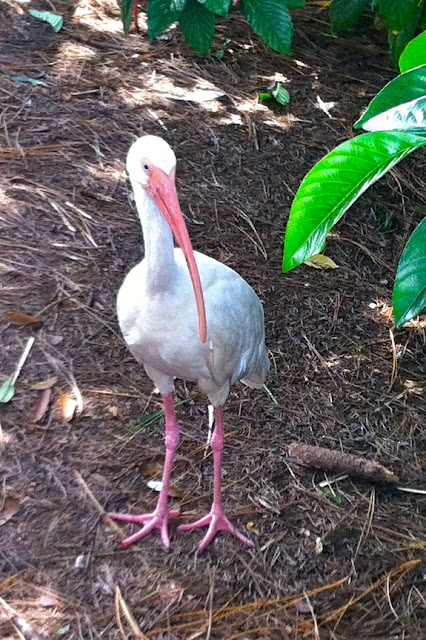 |
| Yellow-Bellied Marmot |
Yellow-bellied marmots inhabit the high mountains of Colorado. Living in burrows dug underneath rocky outcrops, they seem to prefer to make their homes in the most spectacular of alpine settings. Also known as the rockchuck, they are the most gregarious animals on the tundra. Warm days are spent sunning, feeding, playing and napping. The marmot is sometimes called a whistle pig because at the first sign of danger it will use loud whistles to sound an alarm. They make varying calls, with each one carrying a different meaning, from the degree of threat to specifying if a predator is approaching by land or air. Yellow-bellies spend most of their life in a deep sleep from October until May. As a result, they eat with a purpose during the summer because a well-fattened marmot has the best chance of surviving through the long winter.
When they come in contact with humans, they're not shy at all. In fact, they're begging machines. Some people think giving them handouts will help but it actually jeopardizes their health. If they eat grasses, flowers and bugs like they're supposed to, they accumulate brown fat which burns more slowly, metabolizes efficiently, and creates more energy. If they eat sandwiches, Doritos and other processed foods, they build up lots of yellow fat but it burns too quickly which puts them at greater risk of starving to death during hibernation. If you happen to share your lunch with a marmot just remember, your not helping them, your hurting them.




Thank you, Dan. Great photo, and some good advice for protecting these endearing animals. I didn't know about the different kinds of fat, only that we didn't want them to become dependent on human food.
ReplyDeleteCongrats on getting almost to the end of the alphabet! I think I can guess what animal we will see tomorrow. :)
Yeah, I learned a lot researching this post. It's probably not a good idea to give these guys processed handouts. Looks like I'm going to make it and yes I think you guessed right on Z.
DeleteGreat post Dan thank you and an excellent reminder not to give any wild animals food. In a place called Scarborough which is outside of Cape Town, there is now an enormous danger of baboons coming down from the mountains to forage in people's homes for food. People would throw out their unused food into the trash which is the why and how it started. People got wise to this a bit late and stopped that, but now they break windows to get into people's homes. They are not shy in terrorising people either.
ReplyDeleteSusan Scott's Soul Stuff
Yikes!
DeleteThat's exactly what's happening here. They are being fed handouts and are losing their wild-side. In some places they don't come up and beg but they will aggressively approach and physically take food away from you. Very frightening to some people.
DeleteDarn it. Doritos are just unhealthy for everyone involved - such a shame so many of us enjoy them. I'm not so different from a marmot.
ReplyDeleteJohn at The Bathroom Monologues
Hard to just eat one, right?
DeleteSorry John, no more Doritos on your nature hikes. Carrot and celery sticks only, please.
DeleteCute little bugger isn't he? Are they related to the prairie dog or more like a woodchuck?
ReplyDeleteThey're considered ground squirrels. They are more like a woodchuck or groundhog, also known as whistle pigs.
DeleteThanks for the words of advice on not feeding cute little animals just because they're cute and friendly.
ReplyDeleteYou're welcome. Yeah, they're cute and hard to resist but technically it's not the best to give them human food.
DeleteIt's so rare that we're helping animals be feeding them. I didn't know about the different kinds of fat, that's fascinating. And what a cute little animal, he'd be hard to resist.
ReplyDeleteRinelle Grey
I'd always heard you're not supposed to feed wild animals processed foods but I wasn't sure exactly why. I learned something new too.
Delete